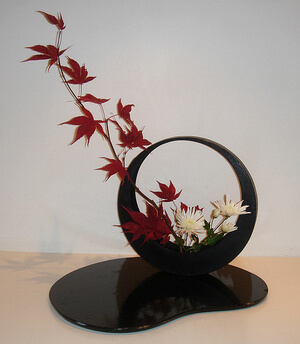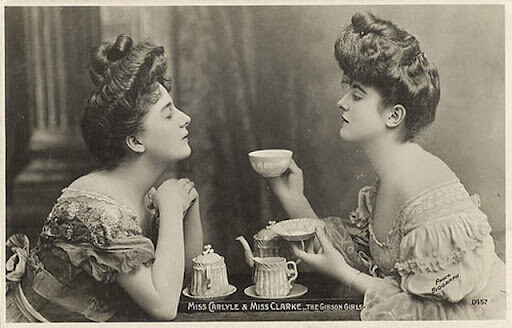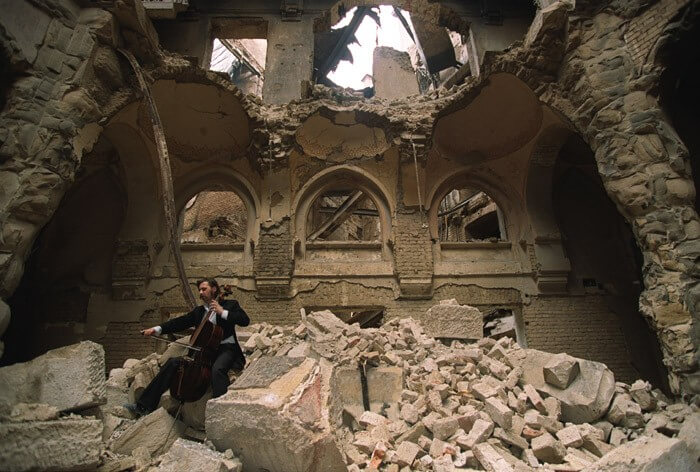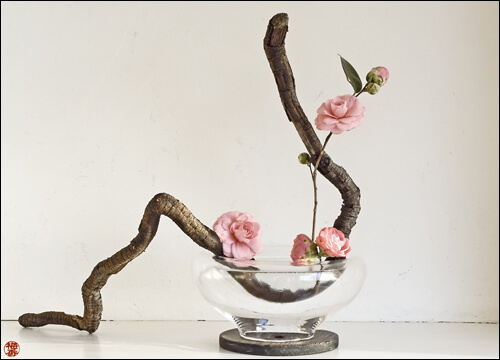
Pursuing Beauty
Pursuing Beauty – Japanese Style #1 – Ikebana
Ikebana is the Japanese art of flower arrangement. I once hosted an ikebana class in my home with other artists, to my great delight. The principles of design in this art form are well established, and, just like the Japanese have their Tea Masters, they also have their Ikebana Masters. (How I would love to study under a Japanese Garden Master! But I have had the privilege of knowing and studying with Inoue Manji, a Porcelain Master, a current Japanese Living Treasure, and now get to work with his student, Dr. Jim Srubek, once a week. – a great joy!) It is the element of Design in ikebana, as well as all other forms of art, that I truly enjoy.
One of the central components of design in ikebana, and really all Japanese art, from creating the Japanese garden or a piece of calligraphy to their architecture, is the concept of Space. The Japanese artist sees space as an element to be considered and employed in his work, not something to fill in or use up. The ikebana artist uses space to create rhythm and flow in his arrangement; he leaves room for the viewer to focus on the one important element. In western art we call it ‘negative space’. In music, the space is silence; we ‘pause’.
With the strategic use of Space, we simplify, get rid of clutter; we clarify. Space leaves room to ‘breathe’. We can focus on the most important part. We are not overwhelmed by massive information. In all art and in music, space is essential. It is even important in the design of a book, a report, or a newsletter – it’s called “white space”.
In Japanese art forms, including Ikebana, this is known as the Principle of Ma. Ma is not empty space, but is an element of the design, sometimes even the focal point. It is an interval, an interval of space or time. Ma allows for a sense of perceived movement within the piece; it adds energy and a sense of dynamic expectancy. It is as important as the positive space.
In this photo to the right, we see how the negative space gives the energy and movement to this small sculpture. Much of the beauty and grace of this piece is because of the Ma. The empty spaces here give this work of art its dynamism (his head and left arm are wanting to go back, but his body and right arm are going forward – we ask why?) It is the breaks, the open spaces, that gives deeper meaning to this piece.
A friend tells the story of his father, who was a gardener, working under a Garden Master in an important garden in Japan. His father at first resented having to take a tea break; he did not want to stop his work. He had the energy; he was getting paid – he should be working! 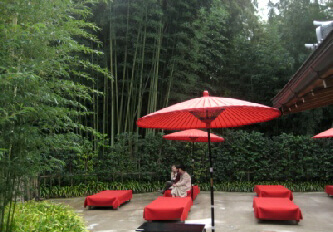 The older Master, who was his mentor, told him that taking a break WAS work; that taking time to rest and reflect is most necessary to the creation of beauty. Again, the Principle of Ma – lived out!
The older Master, who was his mentor, told him that taking a break WAS work; that taking time to rest and reflect is most necessary to the creation of beauty. Again, the Principle of Ma – lived out!
It seems to me this principle of Ma is important. I must remember and take note. It is important for me, and it is important for anyone interested in the pursuit of Beauty. We need to pause; we need an interval in both space and time that we may rest and reflect. Lack of Ma always leads to clutter and discord. I need room to breathe! I need clarity, simplicity!
Our culture says, “Noise and activity! Noise and activity – at all times and at all costs!” … I say, “The cost is too great!”
Artists, both eastern and western, learn to SEE space. They learn to CREATE space. The Principle of Ma, the skill of seeing and creating space is most necessary to all of us, I think.
Taking tea is Ma….
Planning an unrushed hour to breathe, to rest and reflect, is Ma.
Space, a quiet, unhurried interlude to rest and reflect. Open space – empty, uncluttered. If we are to create any beauty in our lives, find any truth, pass along any sweetness, we must learn to create interval – the Principle of Ma, lived out.
“We cannot see our reflection in running water; it is only in still water that we can see.” Japanese proverb
Yours for Grace, Civility, Beauty, Gentility, and Excellence, (and still water!)
Mary Alice




